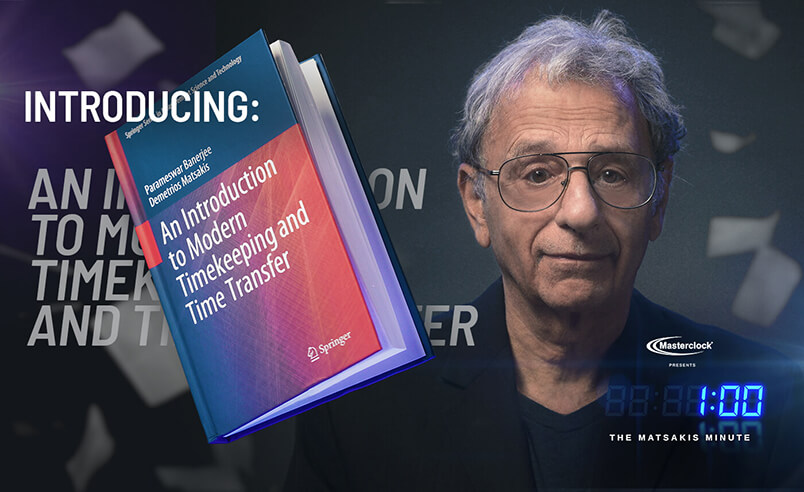Industry Literature - January 17, 2018
In the world of timing systems, precision and accuracy are everything. In order to synchronize components across great distances, it’s vital that you retain the ability to communicate cleanly.
GPS Over Fiber Optic Timing Technology
Most typical coax-based GPS timing networks you encounter in the real world fall prey to basic signal propagation challenges. Latency, degradation, and interference are among some of your worst enemies, and your existing systems may not be able to overcome them. Could optical fiber systems hold the key to building superior timing architectures?
What is GPS Over Fiber?
GPS clocks use data from multiple satellites to accurately compute time. This approach is far more precise than timekeeping applications that employ terrestrial radio signals as references. Unfortunately, the precision of GPS reference timing is degraded as the distance between the GPS antenna and the GPS receiver increases.
GPS over fiber installations solve this issue using converters that reproduce the radio timing signals received into the form of light. The data is then sent via fiber optic cables to the digital components that require timing information.
How Do GPS Fiber Optic Systems Stack up Against Coax Cable?
Because GPS satellite signals are fairly weak, it’s common to mount antennas as close as possible to open sky. This typically results in a large distance between the antenna and the actual receiver.
As most engineers know, sending signals over long distances decreases their quality. Without expensive supplementary shielding, long metal-bearing conductors such as coaxial cables act as antennas. They pick up electromagnetic wave interference that corrupts signal information and makes it difficult to decode accurately. Their internal resistance also weakens signal strength.
The Fiber Optic Future?
Upgrading your GPS systems from coaxial cable to a fiber optic system offers many benefits, including:
- Total electrical isolation between antennas and receivers that may be susceptible to electrical surges
- The ability to route thin-diameter cables through tight spaces and narrow angles more fluidly than coax permits
- Freedom from most forms of electromagnetic interference, such as cellular signals, commercial broadcasts, and inductive machinery leakage
- Low per-meter costs that reduce installation overhead
- The ability to create high-quality connections that span distances as long as 10 km or greater
Is GPS Over Fiber Right for Your Application?
GPS over fiber systems minimize the logistical and financial burdens associated with precise timing. For instance, these systems exhibit more consistent behavior in the face of environmental factors like moisture or temperature differentials. The fact that they’re less susceptible to power system fluctuations also reduces the need for component replacement.
Cost Efficiency
Interestingly, GPS over fiber systems can also be installed using in-place legacy cable signal paths. Because most fiber optic wave guides are designed to transmit signals according to standards that far exceed what’s needed for GPS timing, stakeholders can easily reduce their installation overhead by reusing what they’ve already invested in.
Improved Utility
The ability to transmit multiple signals cleanly using the same cable is a definite benefit, but the way fiber optic systems work also offers a chance at increased functionality. For instance, modern optical splitting techniques introduce the possibility of providing universal timing to a wider range of devices, such as network switches and hubs in addition to systems like cellular repeaters and embedded business equipment.
So who might benefit from GPS over fiber? In short, any enterprise that plans on creating an extensible, durable timing network. Fiber optic architectures are ultimately more likely to retain their utility as technology advances, which can dramatically extend the useful lifetime of your mission-critical investment.
Contact a Masterclock representative today to learn how you can implement a GPS over fiber optic timing network.
Return to Knowledge Center to learn more.

